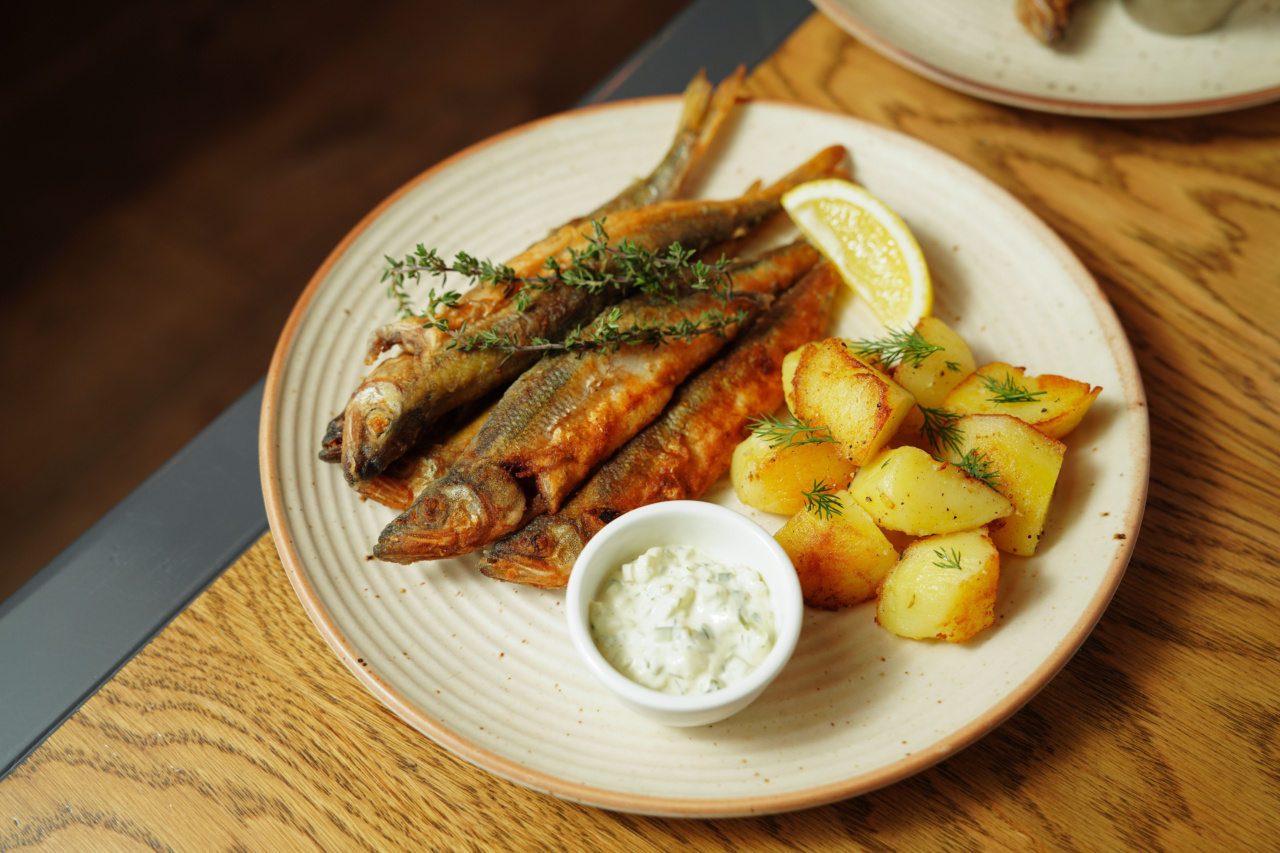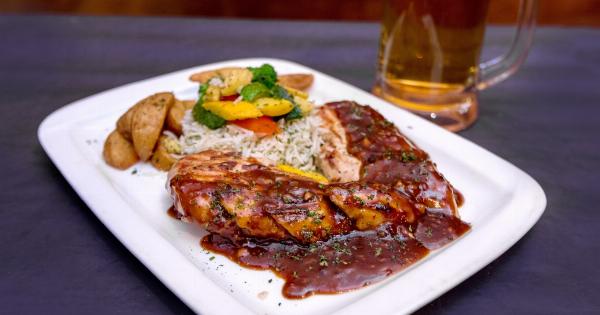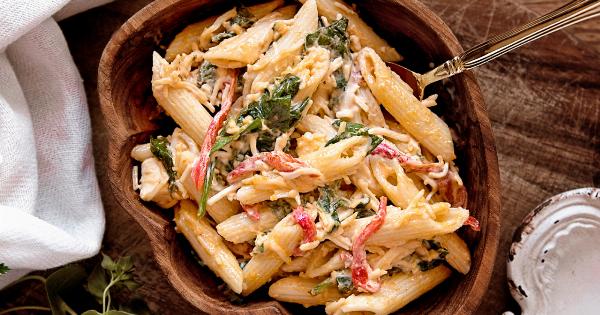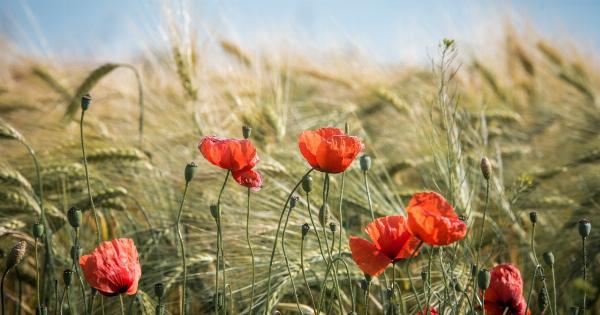Diabetes is a chronic health condition that affects millions of people worldwide. It is a complex, multi-factorial disease that results from a combination of genetic and lifestyle factors, such as diet and exercise habits.
When it comes to managing diabetes, one of the most important dietary factors to consider is carbohydrate intake. Carbohydrates are the primary source of energy for the body, but they can also have a significant impact on blood sugar levels, which is why they need to be carefully managed in people with diabetes.
Potatoes and Diabetes
Potatoes are a popular carbohydrate source in many cultures around the world.
They are a rich source of vitamins and minerals, such as potassium and vitamin C, and are a good source of complex carbohydrates that provide sustained energy throughout the day. However, when it comes to diabetes management, potatoes can be a bit of a tricky food to navigate.
One of the major concerns with potatoes and diabetes is their high glycemic index (GI). The glycemic index is a measure of how quickly a food raises blood sugar levels.
Foods with a high GI are rapidly digested and absorbed, causing a spike in blood sugar levels. This can be problematic for people with diabetes who need to keep their blood sugar levels within a certain range.
While some studies have suggested that potatoes can have a negative impact on blood sugar control in people with diabetes, others have found that the type of potato and the method of preparation can play a role in how it affects blood sugar.
For example, boiled or mashed potatoes have a lower GI than baked or fried potatoes, while sweet potatoes have a lower GI than white potatoes.
Rice and Diabetes
Rice is another popular carbohydrate source in many cultures, particularly in Asia. Like potatoes, rice comes in many varieties and can be prepared in a variety of ways.
White rice is the most commonly consumed type of rice and has a high glycemic index, meaning it can cause a rapid rise in blood sugar levels. Brown rice, on the other hand, has a lower GI and is a better option for people with diabetes.
One study found that replacing white rice with brown rice in the diets of people with type 2 diabetes resulted in improved blood sugar control and decreased insulin resistance.
However, it’s worth noting that not all types of rice are created equal when it comes to diabetes management. Sticky rice, for example, has a much higher GI than other types of rice and should be avoided.
So, Which is Better – Potatoes or Rice?
So, which carbohydrate source is better for people with diabetes – potatoes or rice? The answer is not straightforward and ultimately depends on several factors, such as the type of potato or rice, the method of preparation, and individual dietary needs and preferences.
For people with diabetes who enjoy potatoes, there are ways to incorporate them into a healthy, balanced diet. Boiled or mashed potatoes, or sweet potatoes, can be good options for maintaining stable blood sugar levels.
However, it’s important to note that portion control is key. Eating too many potatoes in one sitting can quickly raise blood sugar levels and make it difficult to maintain good control.
For those who prefer rice, brown rice is generally a better choice than white or sticky rice. Brown rice is a whole grain and has a lower GI, which can help keep blood sugar levels stable.
As with potatoes, it’s important to watch portion sizes and consider the other components of the meal when incorporating rice into the diet.
The Bottom Line
Ultimately, whether potatoes or rice are better for people with diabetes depends on several factors and individual preferences. Both can be incorporated into a healthy, balanced diet with careful consideration of preparation and portion sizes.
For the best diabetes management, it’s important to work with a healthcare team and registered dietitian to develop a personalized meal plan that meets individual needs and preferences.






























